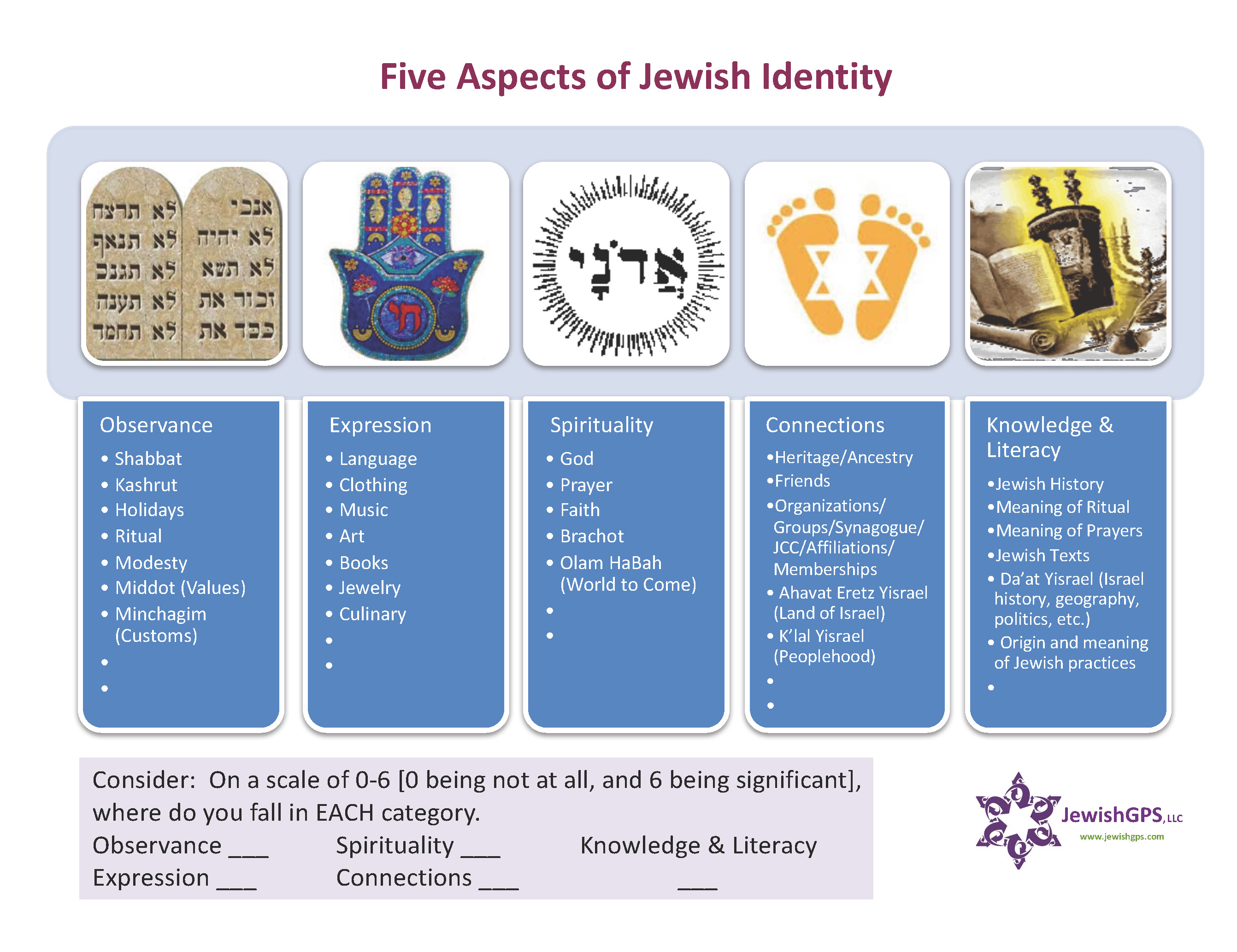During my doctor classwork, I read Robert Wuthnow’s After the Baby Boomers: How Twenty-Somethings Are Shaping the Future of American Religion.
In one section, Wuthnow calls a trend of young adults growing a separation between spirituality and religion as “troubling,” (p. 131). He says it’s an “explicit rejection of organized religion by people who are still interested somehow in spirituality,” (p. 132). As he explores this, he talks about how it’s a distinguishing between church doctrine and individual authority and experience. He says, “… two-thirds of young adults in their twenties opt for personal experience, while only a quarter opt for church doctrines,” (p. 133).
As I was reading this book and in particular this section, I felt the need to make a distinction between what happens in a Jewish context vs a Christian one. All of the time, I hear people use these words to mean different things, and then add into Judaism the term “observant” and how that impacts this conversation. And then there are aspects of Judaism, like “community” which aren’t encompassed in these.
It was as a result of wrestling with this, that I began to construct a different framework for Jewish identity beyond “Spiritual” and “Religious.” For the past few years, I have been using this graphic organizer to illustrate my concept:

When using this graphic in workshops, I have participants chart their “Jewish Identity” using a SpiderGram graph. You scale yourself on a range of 1-6 for each aspect, then plot the points on each correlating axis. The summary point I make when leading this session is that no one is “more Jewish” or “less Jewish” – just that our Judaisms LOOK different (and the SpiderGram is a visual representation of that). What would yours look like? What story does it tell about you? Here is my result:

Interestingly, in recent discussions (positioned in light of the political environment), it came to my attention that perhaps a sixth column of MENSCHLIKHEIT needs to be added. And a person self-measures based on their commitment to expressing the Mitzvot related to care of others, treating strangers with kindness, supporting charities, actively engaged in civics, random acts of kindness, volunteerism, etc.
Would you add MENSCHLIKHEIT to this chart? Would you edit any of the other columns? What other columns would you add?
I am hoping to be releasing a new version of this based on the feedback. The final version will be used in my dissertation research!

Leave a comment